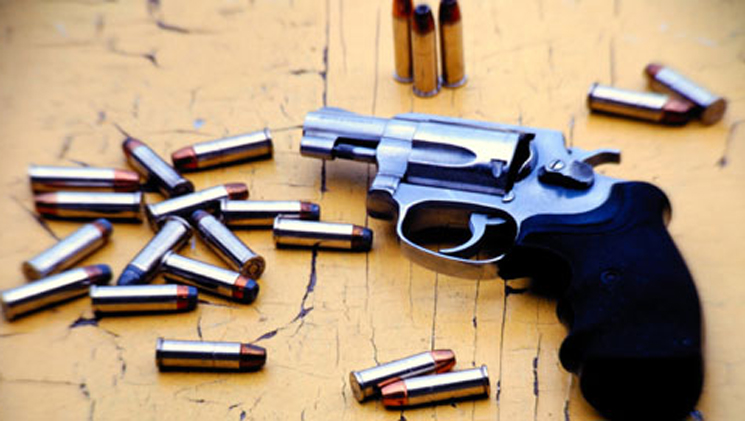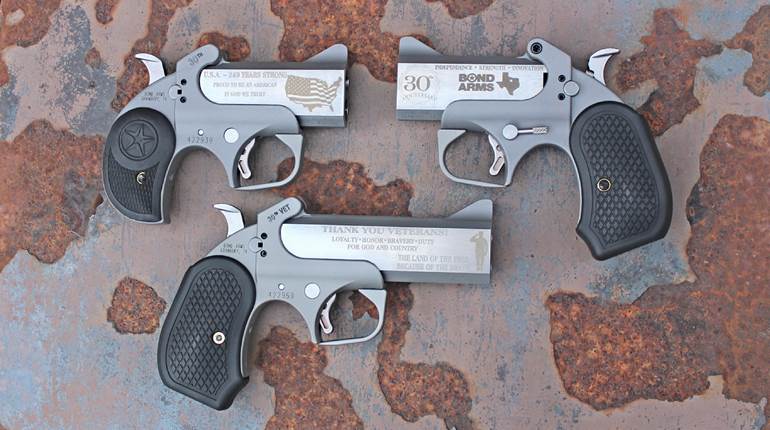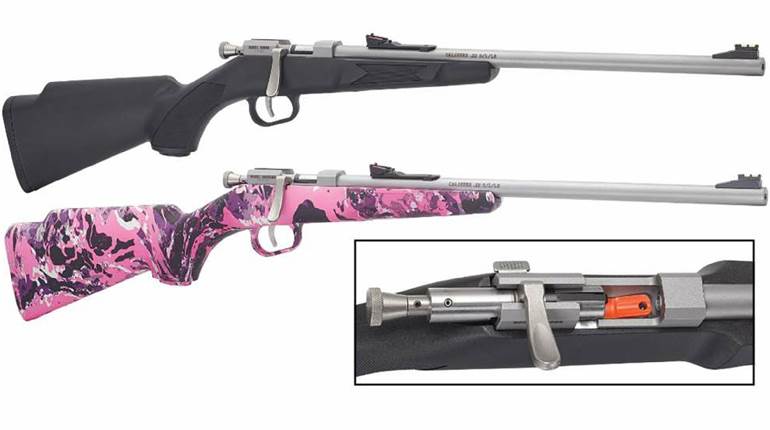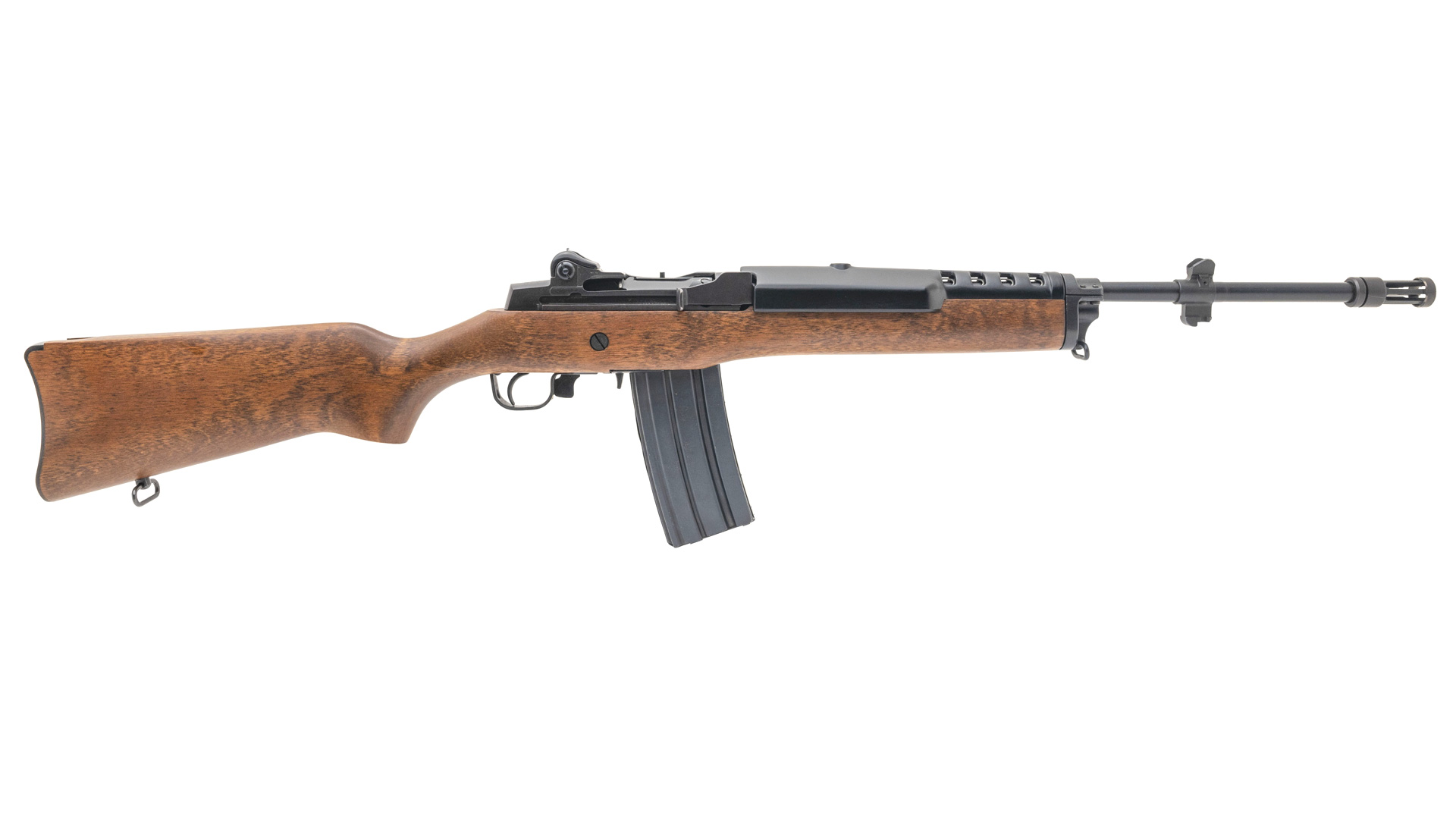
Not long ago, I was having lunch with my dad and discussing one of our favorite topics: action movies. From the big-budget sci-fi thrillers to the old Spaghetti Westerns, we love them all. Part of the fun is sitting down to a meal after the show and analyzing how much of the gun play was based on fact or inspired by Hollywood fiction. During this particular lunch conversation, we got to talking about Westerns.
My dad mentioned a comment he heard about movies with Old-West style shootouts. These shootouts were derided as being hokey and unrealistic because there is no way that someone could get up after getting hit by a round from a Colt .45 revolver. This is especially true of the characters wounded in the leg or shoulder who keep fighting the good fight. No matter where they get hit, those guys would be done moving around for the day, if not forever. After sharing what he had heard, my dad was curious to know what I thought.
It's a deceptively simple question with a relatively complex answer. Will someone, either a self-defender or an assailant, be able to keep moving or fighting after being struck by a handgun bullet? Too many dynamic factors come into play during a self-defense situation to give a straight yes or no answer that covers all situations. In fact, whole volumes have been written about each of the factors that can come into play. I just want to touch briefly on the handful that came to mind during this particular conversation:
Factor: Environmental Awareness
The temptation is to go straight to a discussion of the worst-case scenario of getting wounded while defending yourself or your loved ones. However, it’s also important to consider the best-case scenario at the same time, namely, avoiding a confrontation all together. Environmental awareness at this stage of the game is all about consciously steering clear of people, places and situations that could lead to trouble.
If, in your efforts to stay out of harm’s way, a threat arises, then awareness of your environment and situation becomes a critical factor in the decision-making process. Are you inside your home or out-and-about? Are you in a deserted alley or a crowded mall? Are you standing next to a structure that offers cover or concealment, or will you have to hustle to find cover? Is escape from the situation an option or is the exit point blocked? Are you alone or with someone? Are the people you're with able to defend themselves or do they need to be protected? Paying attention to your surroundings and situation is an important habit to cultivate.
Factor: The Limits of Handgun Physics
Here's a bit of information that makes students of defensive handgunnery a bit itchy under the collar: All defensive handguns are wimpy. I know, I cringe every time I have to acknowledge this, because I want to put my faith in the defensive equipment I choose. But it’s true nonetheless. Handguns just can't produce the same level of stopping power as rifles or shotguns. It's all because of that dry science stuff we didn't pay much attention to in high school, like chemistry and Newtonian physics.
Simply put, the smaller a gun is designed to be, the weaker the frame becomes. Smaller frames require smaller cartridges with reduced powder charges, since too much “POW” in the powder will damage the pistol. As a result, handgun cartridges can't perform at the same level as rifle cartridges and shotshells. In a defensive situation, handguns come with the automatic disadvantage of being relatively weak stoppers. But knowing this disadvantage is, well, an advantage. It forces us to think about what actions to take to compensate for a handgun's shortcomings and what to do if our defensive solution fails to stop the threat.
Factor: Physiology
The common scientific tests for measuring the effectiveness of handguns for defensive applications are relatively simple, but humans are not. One popular test is to fire handgun cartridges into ballistic gelatin. This test meets the scientific requirements of creating measurable, repeatable results in a safe, controlled environment. These results are then used to estimate stopping power.
However, unlike a block of gelatin, the human body is a complicated organic machine composed of bone, skin, muscle and erratic chemical reactions. Add to this the likelihood that both the defender and the assailant will be in motion during the conflict, and things start to get complicated. A particular ammunition choice may excel in lab tests, but if shot placement is poor, or the shots miss altogether, then the round's inherent effectiveness becomes a moot point.
Factor: Psychology
Of the factors that play a role in a gun fight, the mindset and attitude of the combatants is one of the most important, and the most mysterious. One report I read described a person passing out and nearly dying of shock from a .22-caliber scratch on the arm. Another told of a government agent, after being shot five times in the torso by handgun bullets, walking over to a medic and asking for assistance. What’s the difference between these two reports? There's an old saying that seems to sum up the psychology of a gun-fight quite nicely, “It’s not the size of the dog in the fight, but the size of the fight in the dog."
It's important to remember that you can't expect an assailant to play by your rules or to live up to your expectations. What if the language and actions you think will diffuse the situation add fuel to the assailant’s fire? What if the use of drugs or alcohol have obliterated the assailant's sense of self-preservation altogether? After you shoot to stop the threat, can the assailant keep coming at you? Can you continue to defend yourself and the ones you love after being wounded? Because of the complexities of the human mind, and the varying levels of individual determination, the answers to these last two questions are as likely be yes as they are to be no.
Factor: The Luck of the Draw
There is one more factor I have to throw in, because the others don't cover it. This factor has to do with all of those daily hassles we just can't plan on that may prove to be problematic in the course of defending ourselves. The threat may arrive when you are recovering from the flu. The assailant could be wearing soft body armor. Your gun may go “click” when it should to go “bang.” Your dominant shooting hand could be in a cast that won't come off for three more weeks. The criminals that would harm us rarely make appointments for our convenience.
Does this brief discussion of a few factors of a gun fight leave you with concerns? If so, you were paying attention. The best thing to do in order to put your mind at rest is to actively avoid potentially dangerous situations. What about the situations we can't avoid? It's the unavoidable situations that professional training is for. There's nothing like quality instruction to clear up any misconceptions and to aid in the development of a viable self-defense plan. Can someone keep on keeping on after being struck by a handgun bullet? Personally, I never want to find out.






































